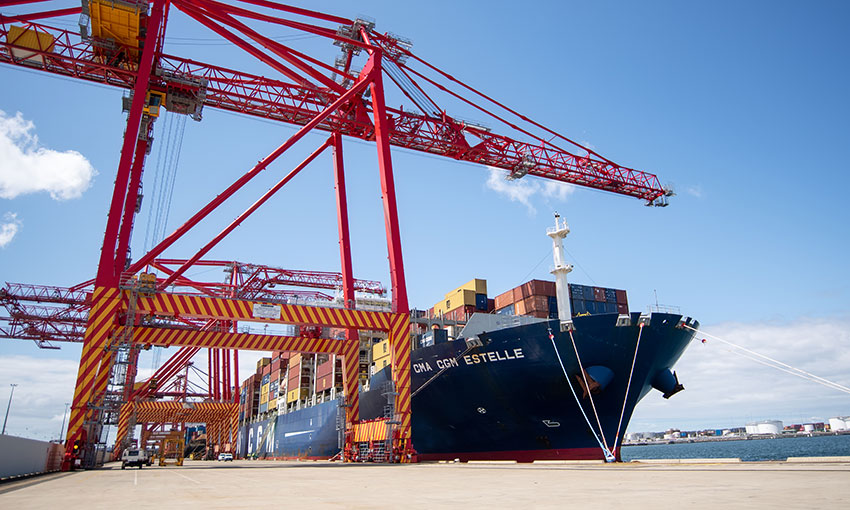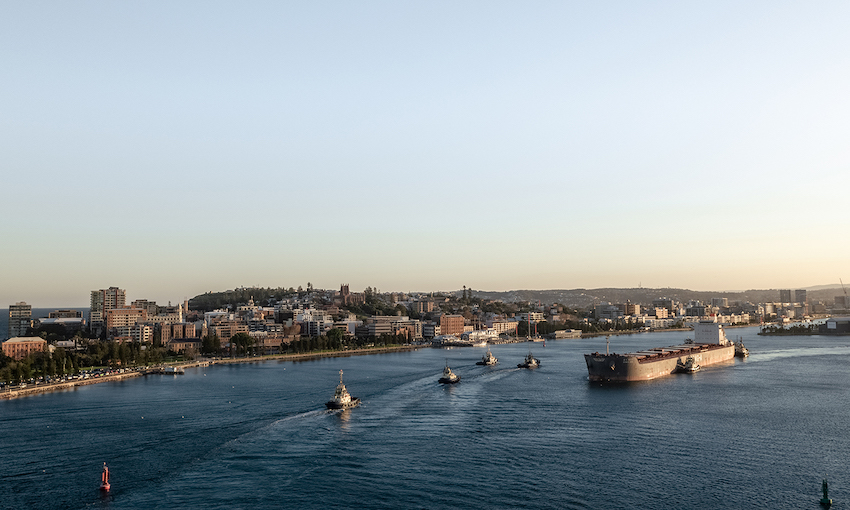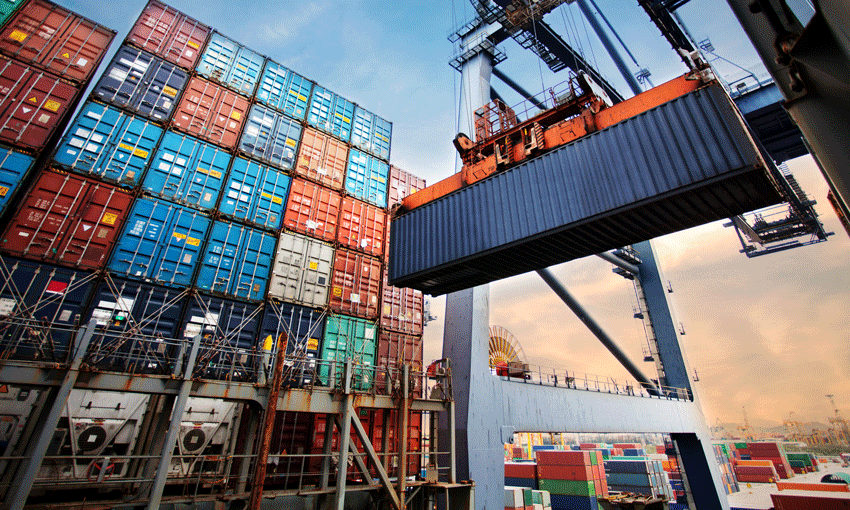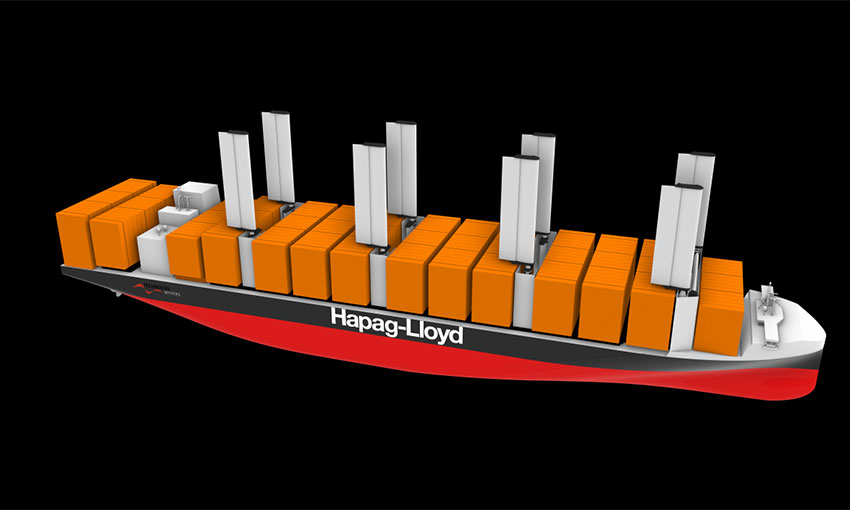INDUSTRY and social media have once again gone into overdrive about the size of container vessels visiting Australian ports. The recent arrival of the containership CMA CGM Estelle in Port Botany has brought out superlatives in the media like: it broke the record for the ship carrying the greatest number of containers ever to visit Australia.
This is incorrect. It might be the container vessel with the largest nominal capacity to visit an Australian port but looking at the arrival photo it was nowhere near full and/or down to its marks (its reported arrival draft was 11.9 metres). The vessel’s nominal capacity is 10,926 TEU, only slightly higher than one of its sisterships the CMA CGM Ural with a nominal capacity of 10,662 TEU, which visited Australia in June 2020 and elicited similar claims. Adding approximately 300 TEU to the nominal capacity required only a stroke of the pen of the naval architect designing the vessel. I commented about the hype around the CMA CGM Ural’s visit in an article in the DCN in 2020.
What is of more significance is the previous arrival in Port Botany of vessels like the MSC Tokyo and MSC Asya, which whilst only having a nominal capacity 9200 TEU, arrived full and down on their marks with a draft of 15.1 and 14.8 metres, respectively. It is likely they both discharged and loaded more containers than the CMA CGM Estelle. Berthing vessels of this size (with a deadweight of approximately 140,000 tonnes and length of 336 metres) is much more significant than the arrival of the CMA CGM Estelle (95,000 tonnes deadweight and 300 metres in length) and demonstrates the capacity of the port and the skills of the people involved in berthing them safely.
Port capacity is a moving feast when infrastructure improvements such as dredging and the strengthening of wharves, new technologies such as Direct Under Keel Clearance, Portable Pilot Units and more sophisticated equipment (stronger and more manoeuvrable tugs) are introduced. Shipping lines will be pushing port authorities to accommodate large ships, but more nuanced and accurate reporting in the media is required to demonstrate what is really happening in our ports.
Peter van Duyn, Master Mariner and Maritime Expert, Deakin University




